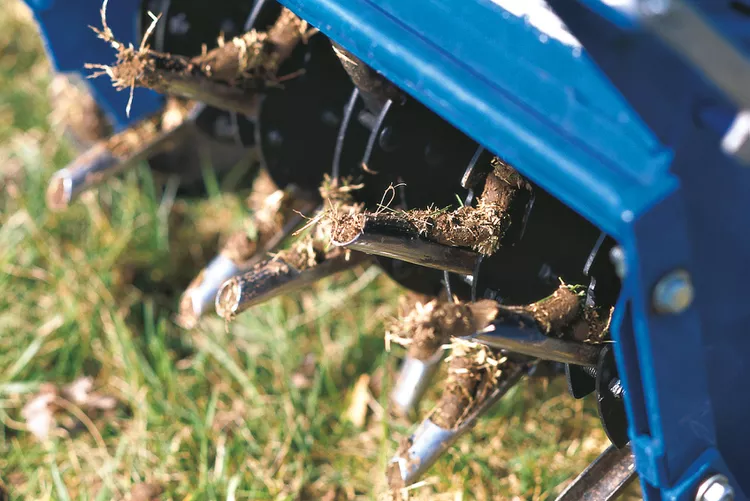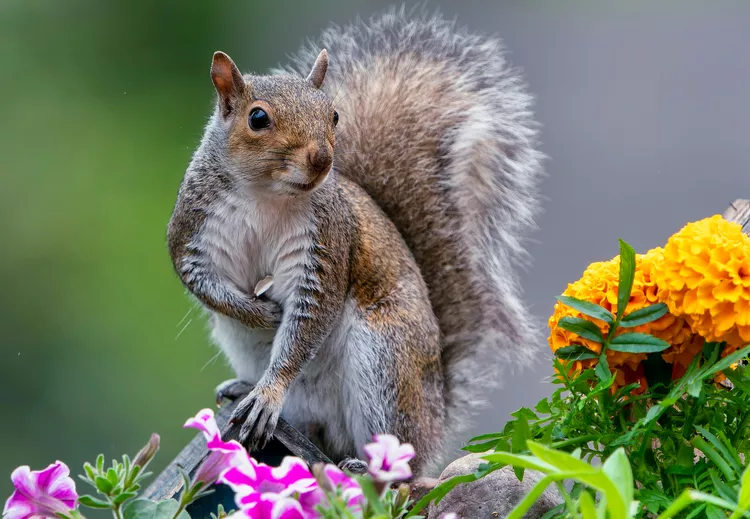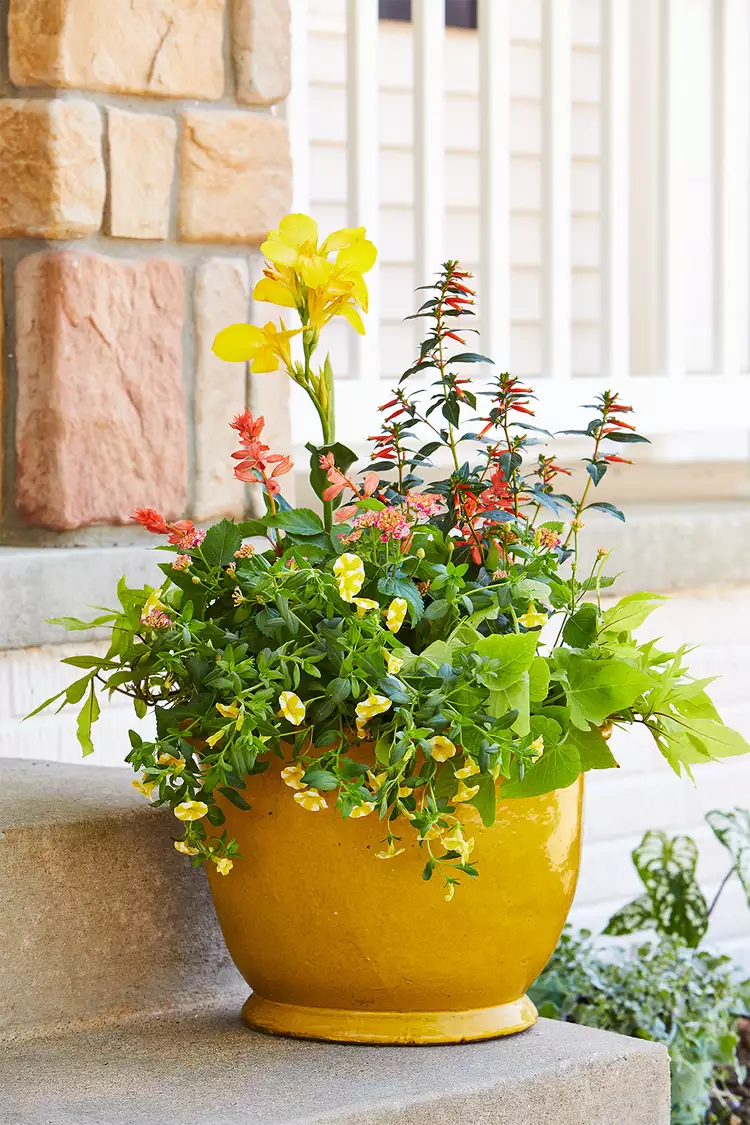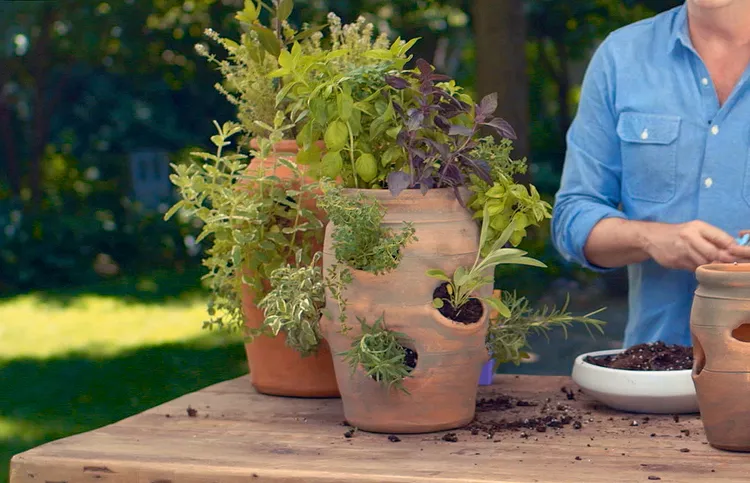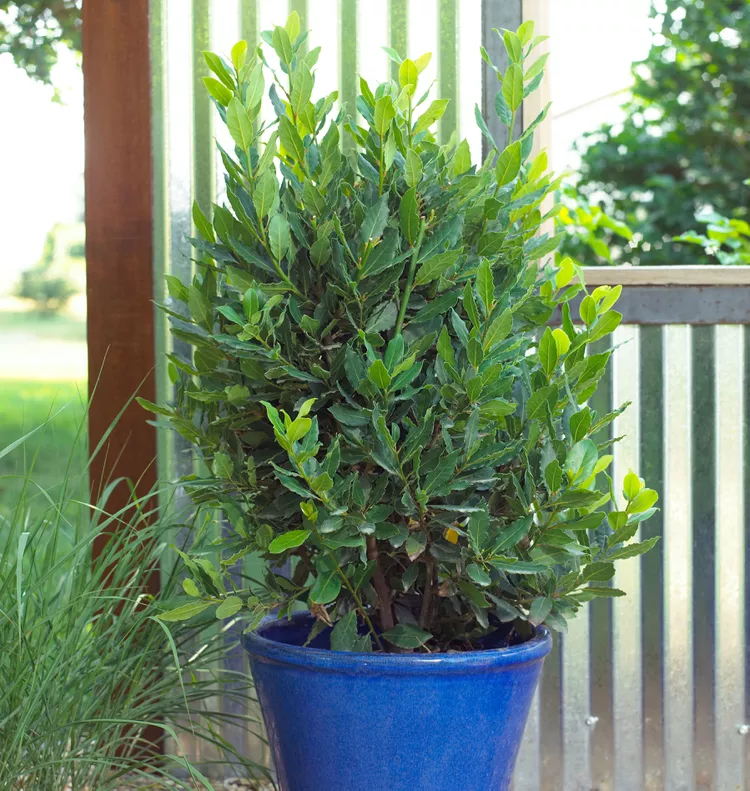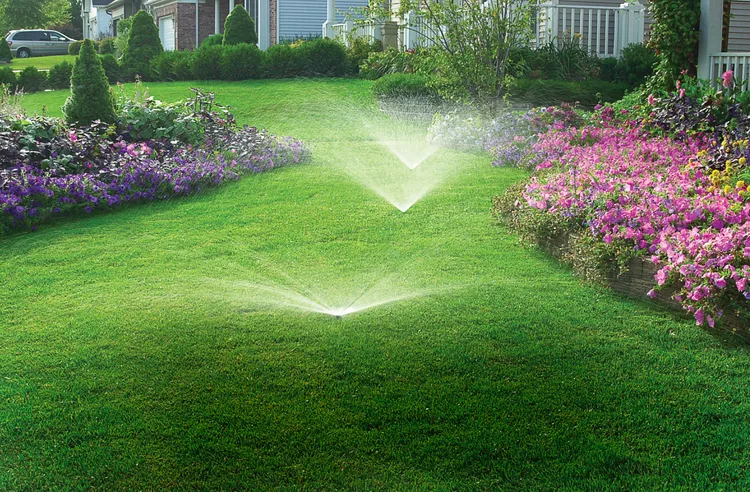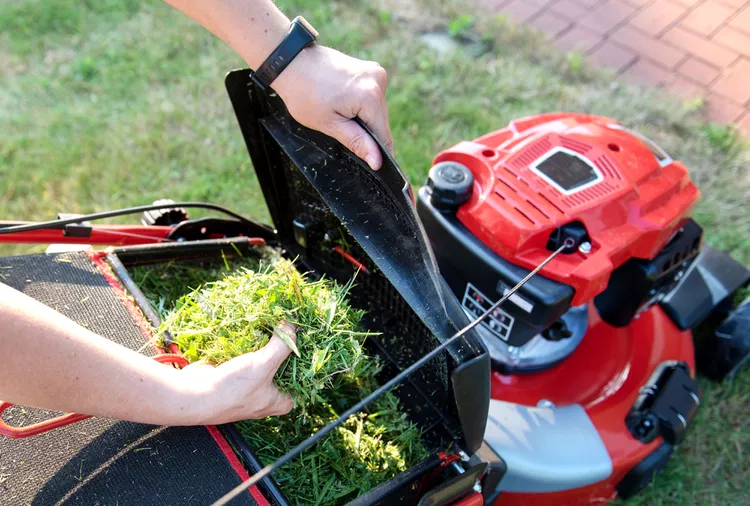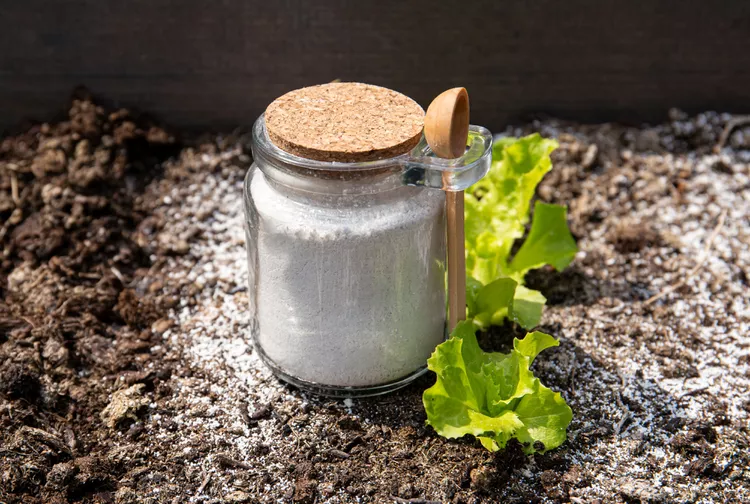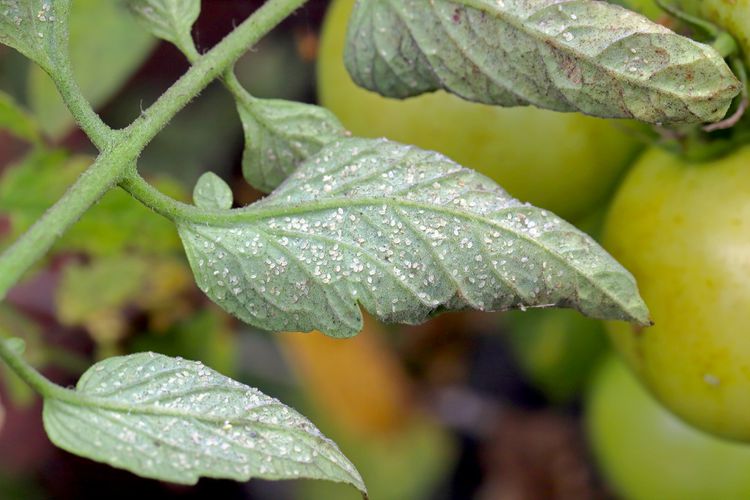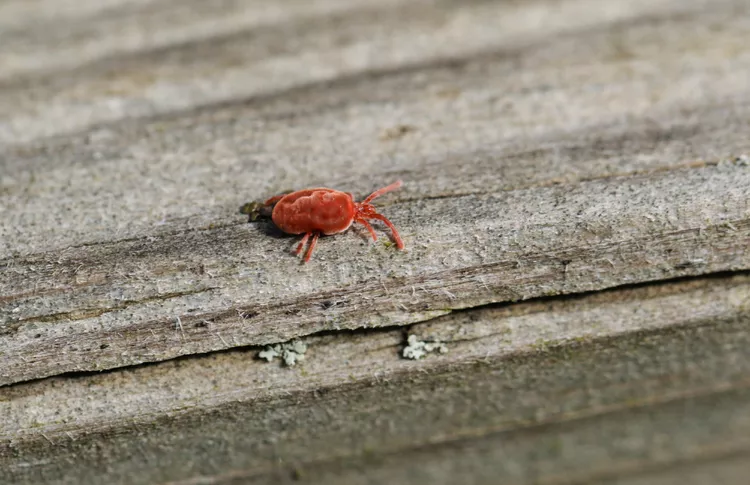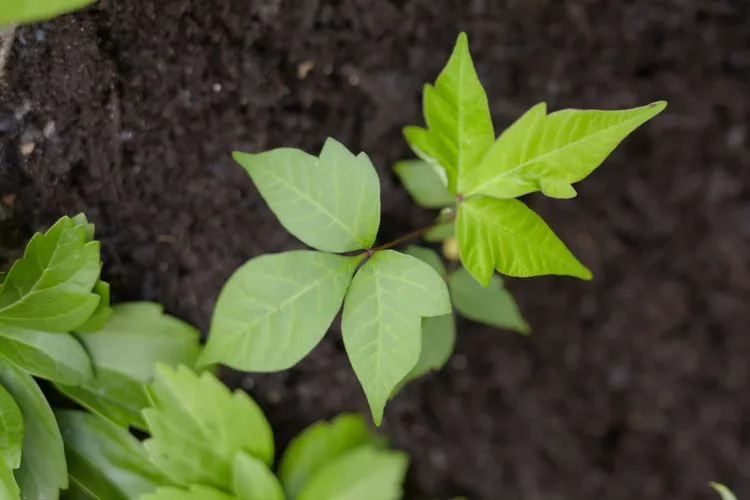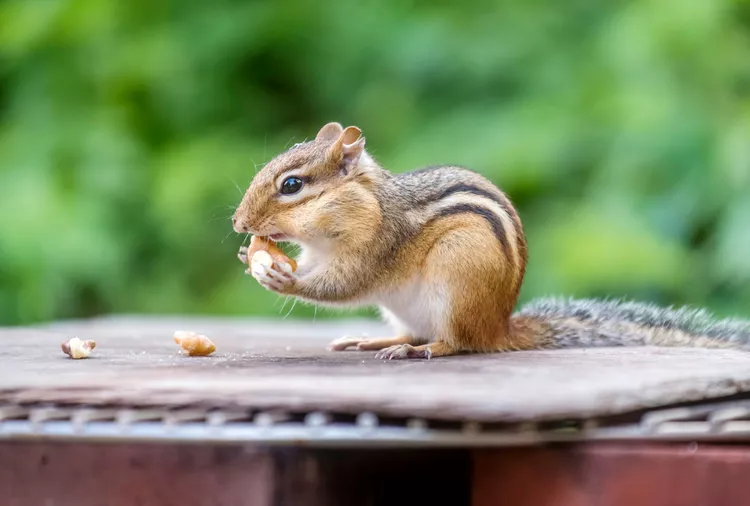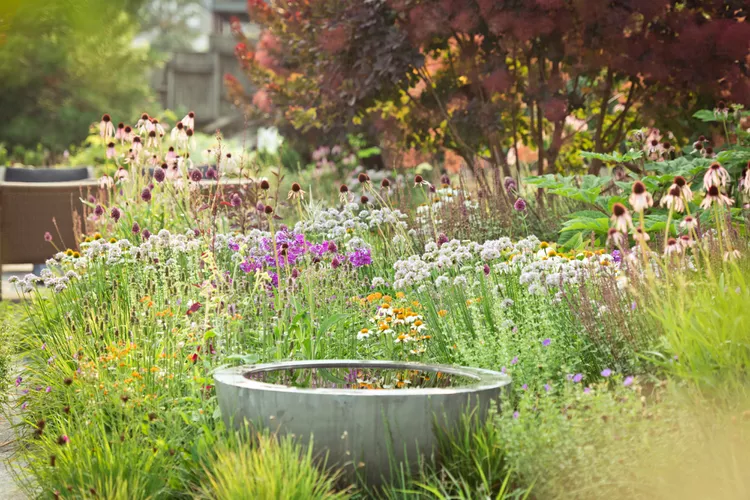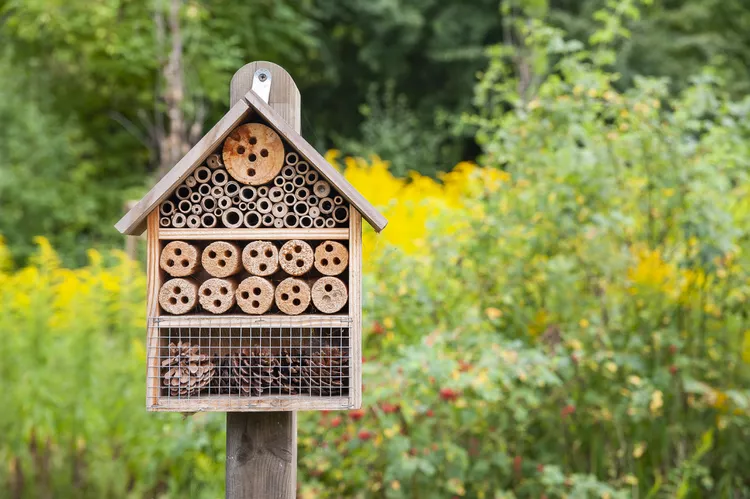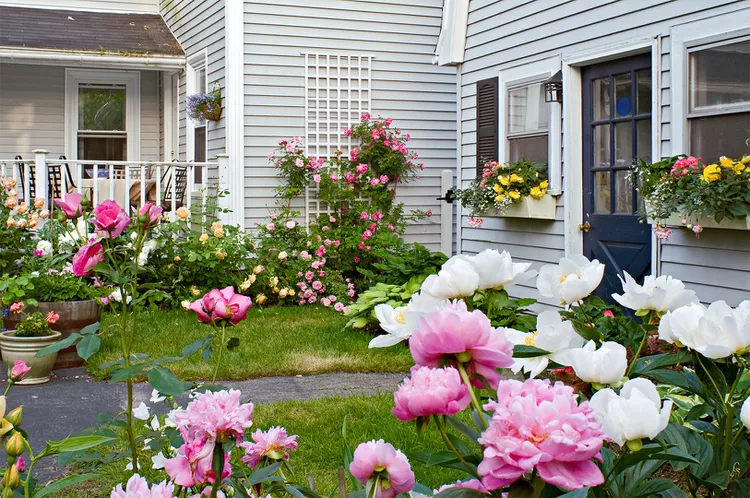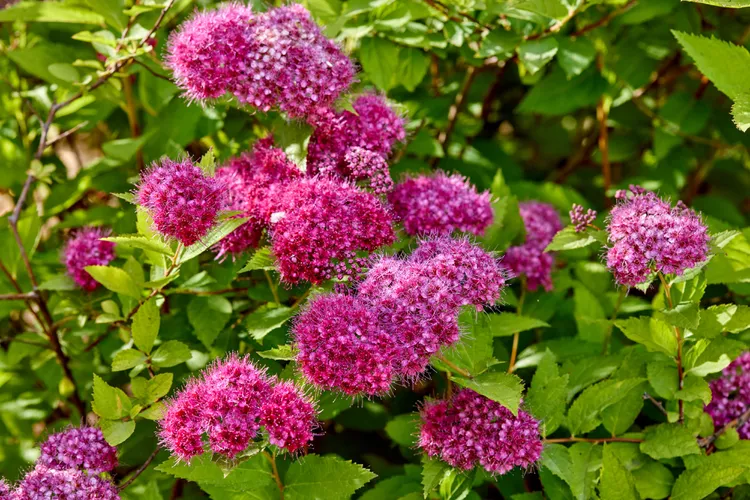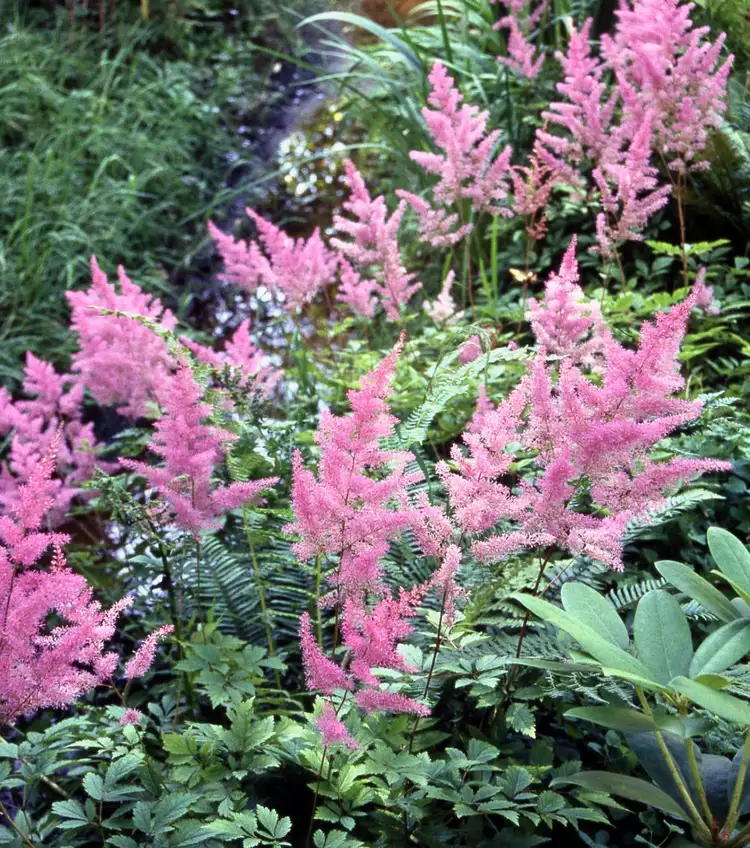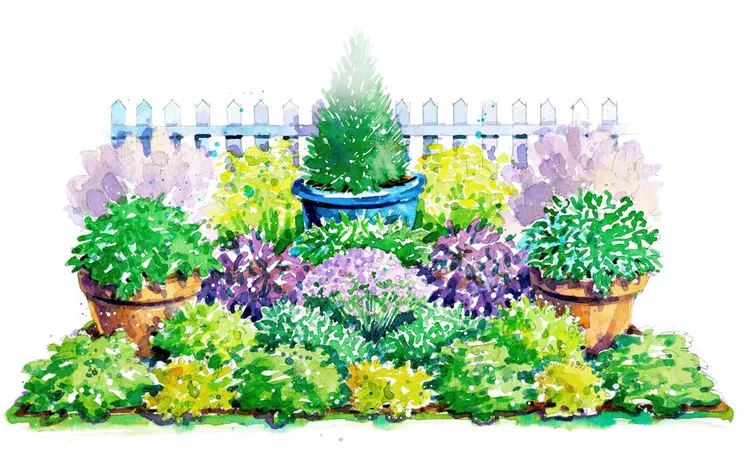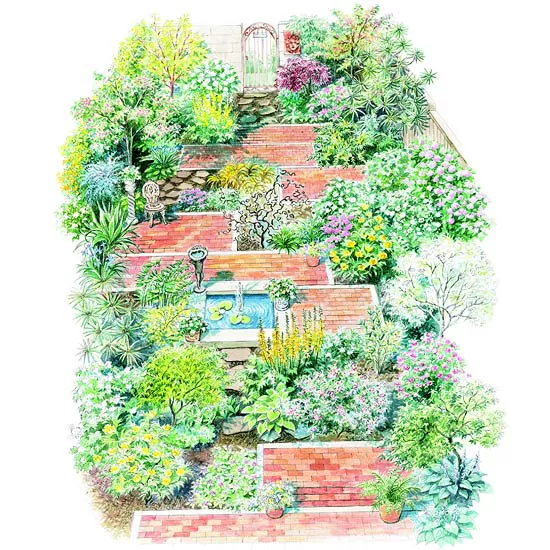Aerating a lawn, like watering and fertilizing, is best done at a particular time during the growing season, depending on a variety of factors. So when should you aerate your lawn? It depends on the type of grass, along with the amount of soil compaction. Here's how to time it right so your lawn will get the most benefit from aeration.
Why You Should Aerate Lawns
Aeration is a vital tool for improving the health of a lawn. It can transform a struggling stand of grass into a lush carpet of turf better than fertilizing your lawn by alleviating soil compaction. In a few months, it can change a hard-packed, concrete-like lawn surface into a lush green expanse.
This chemical-free lawn treatment gets to the root of the problem—literally. Soil compaction compromises turfgrass growth at the root level. Tightly packed soil particles prevent water, necessary nutrients, and oxygen from seeping into the root zone. Compaction stunts root growth as the fine roots are less able to push through the nearly solid soil profile.
Aeration, also known as core aeration, opens the soil profile and makes way for a thriving ecosystem below the surface of the lawn. A thriving ecosystem leads to strong plant growth. A lawn aerator achieves this by removing small cores of soil.
The ½-inch wide and 2- to 3-inch-long soil cores are left on the soil surface, where they slowly break down, replenishing the soil. The real work of alleviating compaction occurs in the newly bored holes in the soil. The holes allow water and oxygen to penetrate the lawn, percolating across the soil profile. Microbes have new inroads to create nutrient pathways. Essentially, the soil comes alive again. The result is a healthy stand of turf.
Does Your Lawn Need Aerating?
Your grass will tell you when you should aerate your lawn. A thin, weak stand of turf growing in a high-traffic area, such as a walkway or playing field, will likely benefit from being aerated. Lawns struggling to survive in soil recently compacted by construction equipment or small lawns with significant traffic often benefit, too. If your turf is struggling to grow well, consider soil compaction as a cause and aeration as a solution.
Turf scientists often prescribe the “screwdriver test” to gauge soil compaction and the need to aerate. Two or three days after a soaking rain, sink a screwdriver into the soil. If the screwdriver penetrates the soil with little resistance, you probably don’t need to aerate. If it is difficult to sink the screwdriver 6 inches into the soil, aerating the soil can improve turf growth.
When to Aerate Your Lawn
The type of grass growing in your lawn determines the best time to aerate.
Cool-season grasses, such as Kentucky bluegrass and tall fescue, are best aerated in fall at least four weeks before the first killing frost to give the grass time to recover. Fall is ideal for cool-season grasses because annual weed growth is minimal—weeds are less likely to invade the newly open soil profile—and cool growing conditions lead to rapid new growth.
Aerate warm-season grasses, such as zoysiagrass, centipedegrass, carpetgrass, St. Augustinegrass, and Bermudagrass, in late spring or summer when they are actively growing. The grass bounces back quickly from being aerated, and rainfall breaks up the soil cores and penetrates the soil profile.
For best success, aerate turf—both cool-season and warm-season grasses—when the soil is moist but not wet. Two or three days after a soaking rain is often a good time to aerate. In optimal conditions, the soil probe should sink into the ground relatively easily, and the soil cores should freely dislodge from the probe. Don’t make the mistake of aerating when the soil is wet; it will create a muddy mess and increase compaction.
How Often to Aerate Lawns
Heavy, poorly drained soil with regular traffic—human foot traffic, pet traffic, lawn mower, or equipment traffic—benefits from more frequent aeration than turf growing in well-drained, loose soil. Aerate heavily compacted lawns annually and moderately compacted soils every three years. Use the screwdriver test to check soil compaction before you aerate.
Often, only the high-traffic areas need to be aerated annually. Paths, sports fields, and pet runs can benefit from being aerated annually, while the rest of the lawn can be aerated every three years. A targeted plan like this saves time and money, allowing you to use a manual aerating tool to do small areas, as opposed to renting a lawn aerator annually.
